- About US
- IMC
- By Equipment
-
- Manufactures
- Blog
How to Optimize Your CNC Plasma Cutting Machine for Maximum Efficiency and Precision
In today's competitive manufacturing landscape, optimizing a CNC plasma cutting machine is essential for enhancing efficiency and precision in metal fabrication. According to a report by MarketsandMarkets, the global CNC machine market is projected to grow from
$67.89 billion in 2020 to $99.23 billion by 2025, indicating a substantial rise in demand for advanced cutting technologies. With the increasing complexity of designs and materials, it is crucial for manufacturers to leverage innovative techniques and strategies in their CNC plasma cutting operations. Effective optimization not only reduces production costs but also significantly minimizes waste and downtime, which can otherwise hinder profitability.
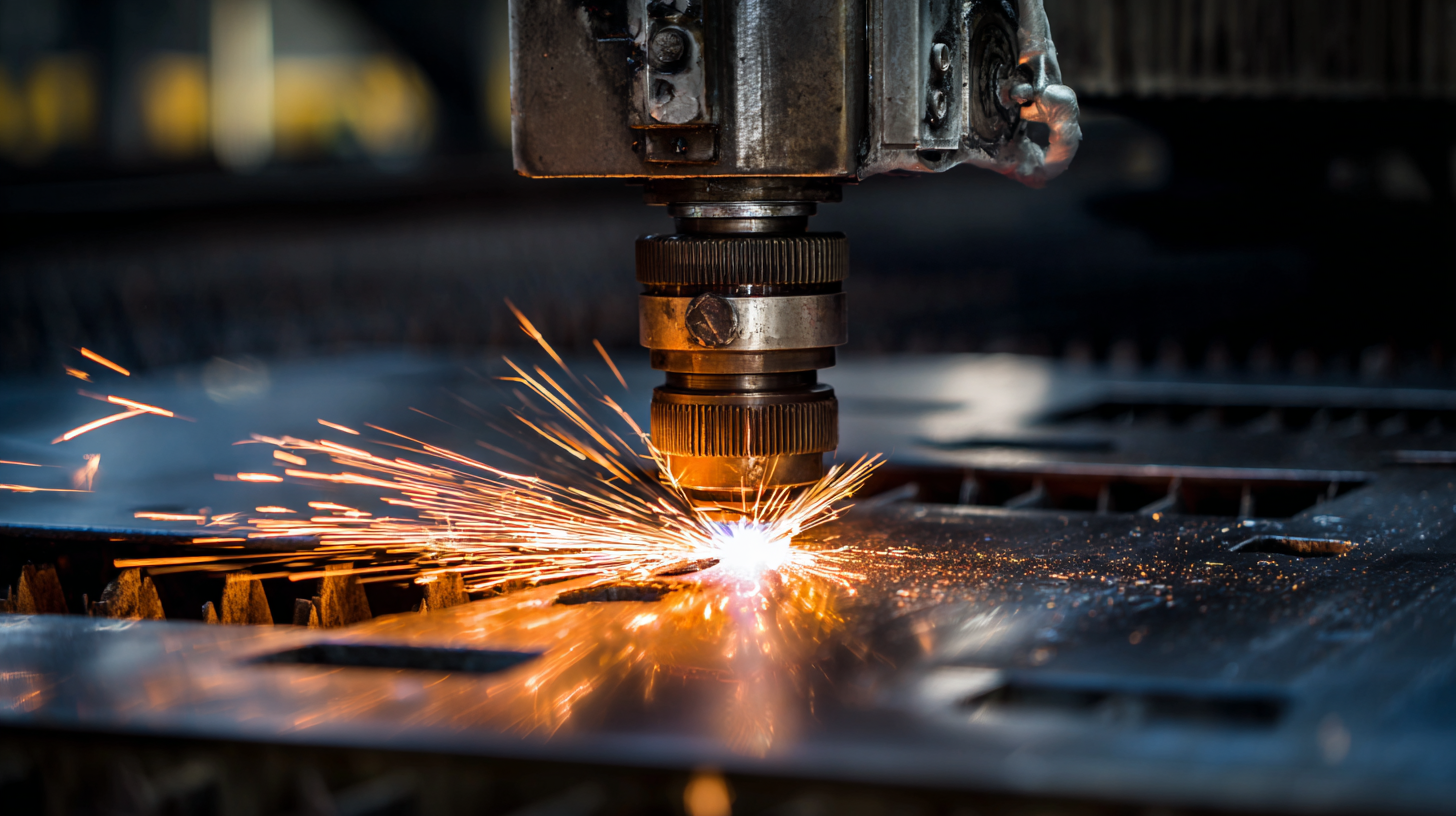 As industry experts emphasize, ensuring that a CNC plasma cutting machine operates at the peak of its capabilities can lead to higher output quality and greater competitive advantage in today's fast-paced market.
As industry experts emphasize, ensuring that a CNC plasma cutting machine operates at the peak of its capabilities can lead to higher output quality and greater competitive advantage in today's fast-paced market.
Identifying Key Parameters for CNC Plasma Cutting Optimization
Optimizing your CNC plasma cutting machine involves a thorough understanding of key parameters that directly affect efficiency and precision. One of the primary factors is the cutting speed, which should be adjusted based on the material thickness and type. Slower speeds often provide finer cuts, while faster speeds improve productivity but may compromise precision.
**Tips:** Always refer to your machine's specifications and experiment with different speeds to find the ideal balance between efficiency and quality. Additionally, consider the arc voltage, as it plays a critical role in maintaining proper kerf width and cut consistency. Adjusting the voltage according to the material and thickness can prevent issues like dross formation, ultimately enhancing the cut's edge quality.
Another crucial parameter is the type of gas used in the cutting process. Different gases can affect the cutting performance and quality. For instance, using oxygen generally yields cleaner cuts in mild steel, while nitrogen is preferable for stainless steel.
**Tips:** Monitor gas flow rates and ensure they are within the manufacturer's guidelines to avoid cutting defects. Regular maintenance of consumables, such as torches and nozzles, is equally important to sustain high performance and prolong the lifespan of your equipment.
How to Optimize Your CNC Plasma Cutting Machine for Maximum Efficiency and Precision
| Parameter | Optimal Value | Impact on Performance | Notes |
|---|---|---|---|
| Cutting Speed | 1000 mm/min | Influences cut quality & efficiency | Adjust according to material type |
| Cutting Current | 60 A | Directly affects cut thickness | Optimize for material thickness |
| Gas Pressure | 1.5 bar | Affects dross formation and cut quality | Verify with gas type used |
| Arc Voltage | 150 V | Crucial for arc stability | Adjust to maintain consistent cuts |
| Pierce Time | 0.5 seconds | Impacts material integrity at holes | Longer time may be needed for thicker materials |
Calibrating Your Plasma Cutter for Enhanced Cutting Precision
Calibrating your plasma cutter is crucial for achieving enhanced cutting precision, which can significantly impact the quality of your projects. Start by ensuring that your machine is properly leveled and securely mounted on a stable surface. A misaligned machine can lead to uneven cuts and compromised integrity of the final products.
Next, you should verify that the correct settings for cutting speed, amperage, and gas flow rate are being utilized based on the material thickness and type. Regularly using a test piece to fine-tune these parameters can help in identifying the optimal configuration.
Additionally, consider the importance of maintaining your equipment to prevent wear and tear from affecting performance. Regularly inspect the torch and consumables for signs of damage or burn-out, as these can lead to inconsistent cutting and increased downtime. For optimal results, keep the torch height consistent during operation by employing a height control system. This will help maintain the correct distance between the torch and the workpiece, ensuring uniform cuts across various materials. Attention to these calibration details can result in higher efficiency and precision, saving both time and material costs.
Choosing the Right Cutting Speed and Feed Rate
Choosing the right cutting speed and feed rate is crucial for optimizing your CNC plasma cutting machine's efficiency and precision. According to the Fabricators & Manufacturers Association, operating at an optimal cutting speed not only enhances the quality of the cut but also reduces wear on the machine components. For example, a study by the Lincoln Electric Company suggests that a cutting speed that exceeds the recommended parameters can lead to poor edge quality and increased dross, while cutting too slowly can cause excessive heat buildup, leading to a warped workpiece.
Furthermore, the feed rate has a direct impact on the kerf width and overall cut quality. Industry standards indicate that an appropriate feed rate can improve cut speed by up to 20%. A report from the Advanced Manufacturing Research Institute reveals that for stainless steel cutting, an increased feed rate of 10 inches per minute can reduce cycle times significantly without compromising the integrity of the cut. Optimizing these parameters not only streamlines production but also can result in significant cost savings and reduced material waste, ultimately contributing to a more efficient manufacturing process.
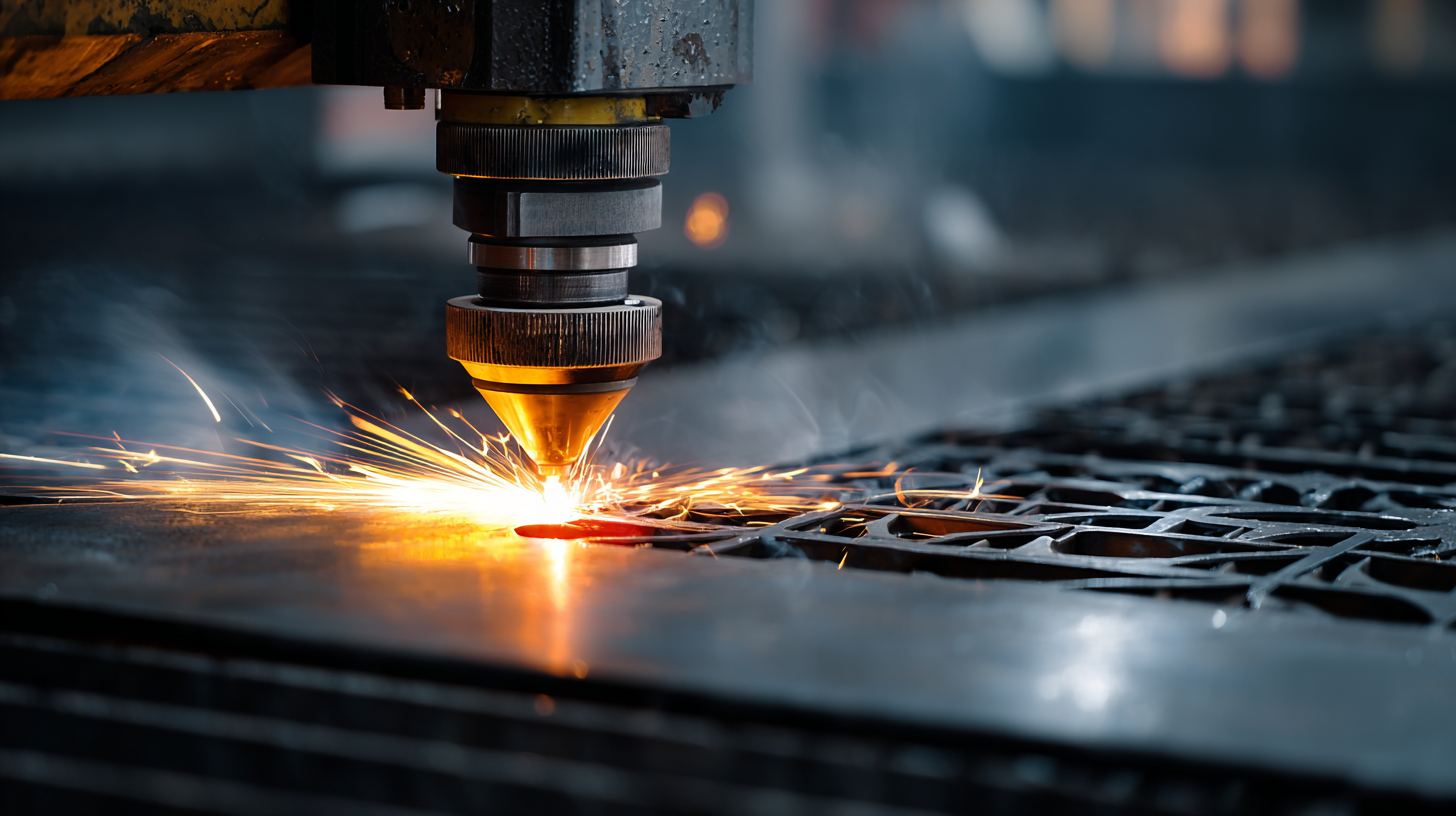
Implementing Advanced Software Features for Improved Efficiency
In the competitive landscape of CNC plasma cutting, advanced software features are critical for optimizing machine performance and achieving high precision. Implementing software solutions that incorporate real-time monitoring can significantly enhance cutting efficiency. According to a report by the Fabricators & Manufacturers Association, manufacturers that adopted advanced CNC software saw a productivity increase of up to 30%. This improvement is attributed to the software's ability to analyze operations in real-time, allowing operators to make informed adjustments promptly.
Furthermore, integrating nesting software can lead to substantial material savings and reduced cycle times. A study published by the National Institute of Standards and Technology (NIST) indicates that proper nesting can enhance material utilization by as much as 20%, minimizing waste and lowering production costs. By optimizing cutting paths and reducing the number of setups, advanced software features facilitate smoother workflow and improved accuracy, ensuring precision cuts with minimal human intervention. This technological shift not only boosts operational efficiency but also elevates the overall quality of the finished products, making it essential for operators to invest in these advanced solutions.
Optimization of CNC Plasma Cutting Machine Efficiency
This chart illustrates the key factors affecting the optimization of CNC plasma cutting machines. Each bar represents a specific aspect such as cutting speed, material thickness, power consumption, and precision. By monitoring and adjusting these parameters, users can achieve improved efficiency and precision in their operations.
Regular Maintenance Practices to Sustain Performance and Reliability
Regular maintenance is crucial for sustaining the performance and reliability of CNC plasma cutting machines. One of the key practices is to conduct routine inspections of the machine components. This includes checking for wear and tear on the torch, nozzles, and electrodes, which can significantly affect the cutting quality. By replacing worn-out parts promptly, operators can avoid unnecessary downtime and ensure that the machine runs at optimal capacity.
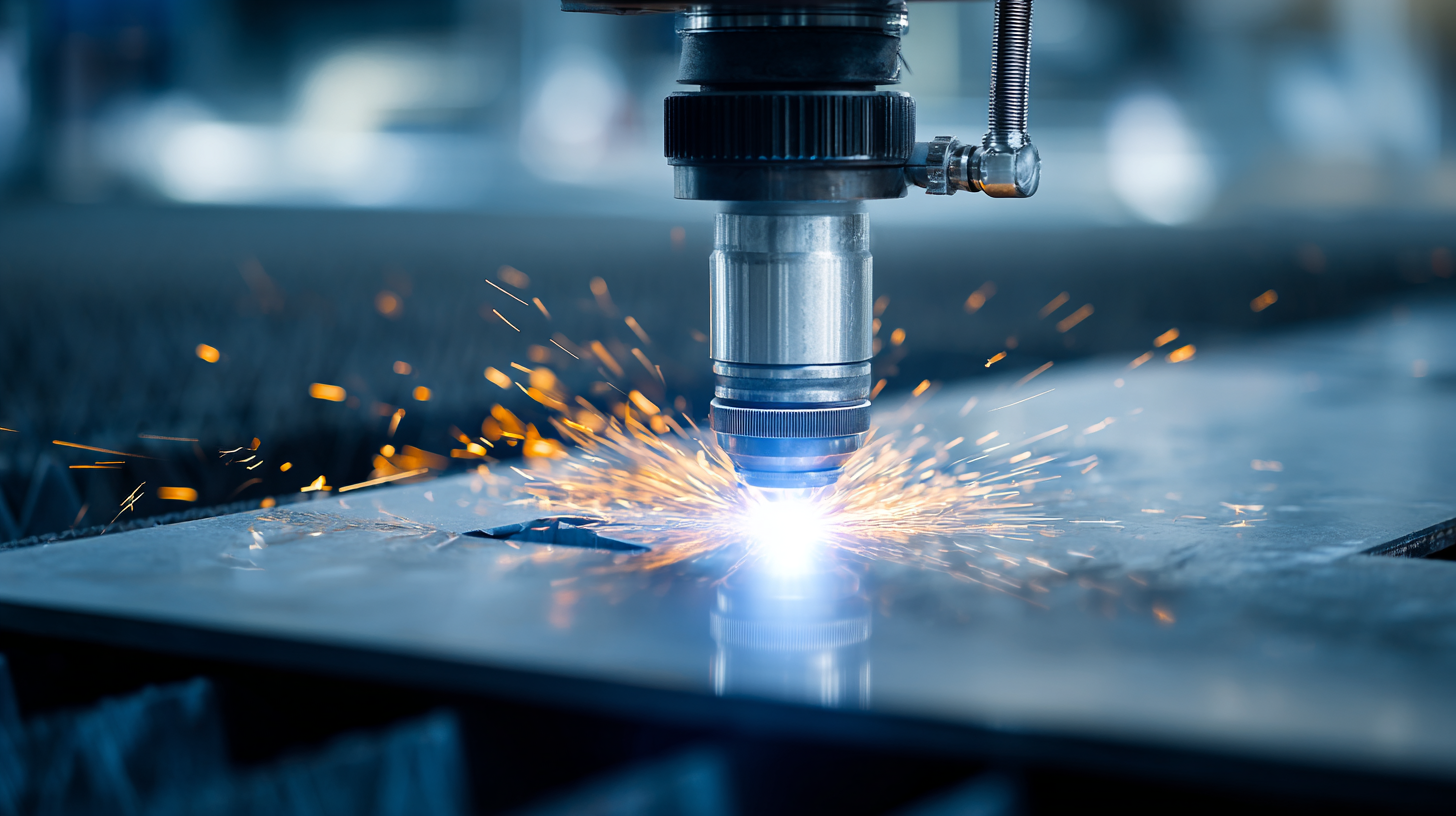
Additionally, maintaining proper calibration is vital to achieve precision in cutting. This involves regularly verifying the alignment of the cutting head and ensuring that the software settings are consistent with the machine’s capabilities. Regularly updating firmware and software not only enhances functionality but also increases the machine’s longevity. Lastly, cleaning the machine and its components after each session helps prevent the buildup of slag and debris, thereby improving performance and prolonging the lifespan of the equipment.
Implementing these maintenance practices will help keep your CNC plasma cutting machine running efficiently and reliably.
Related Posts
-

7 Best Practices for Using a Metal Sheet Bending Machine Effectively
-

Exploring Innovative Uses of Sheet Metal Fabrication Machines in Modern Industries
-
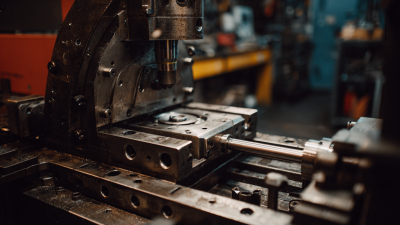
8 Compelling Reasons to Invest in a Bending Machine for Your Business
-

Ultimate Guide to Mastering Roll to Sheet Cutting Machines for Optimal Production Efficiency
-
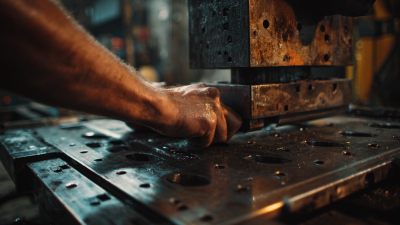
How to Choose the Right Metal Shear Machine for Your Business Needs
-

10 Innovative CNC Press Brake Machine Features You Should Know